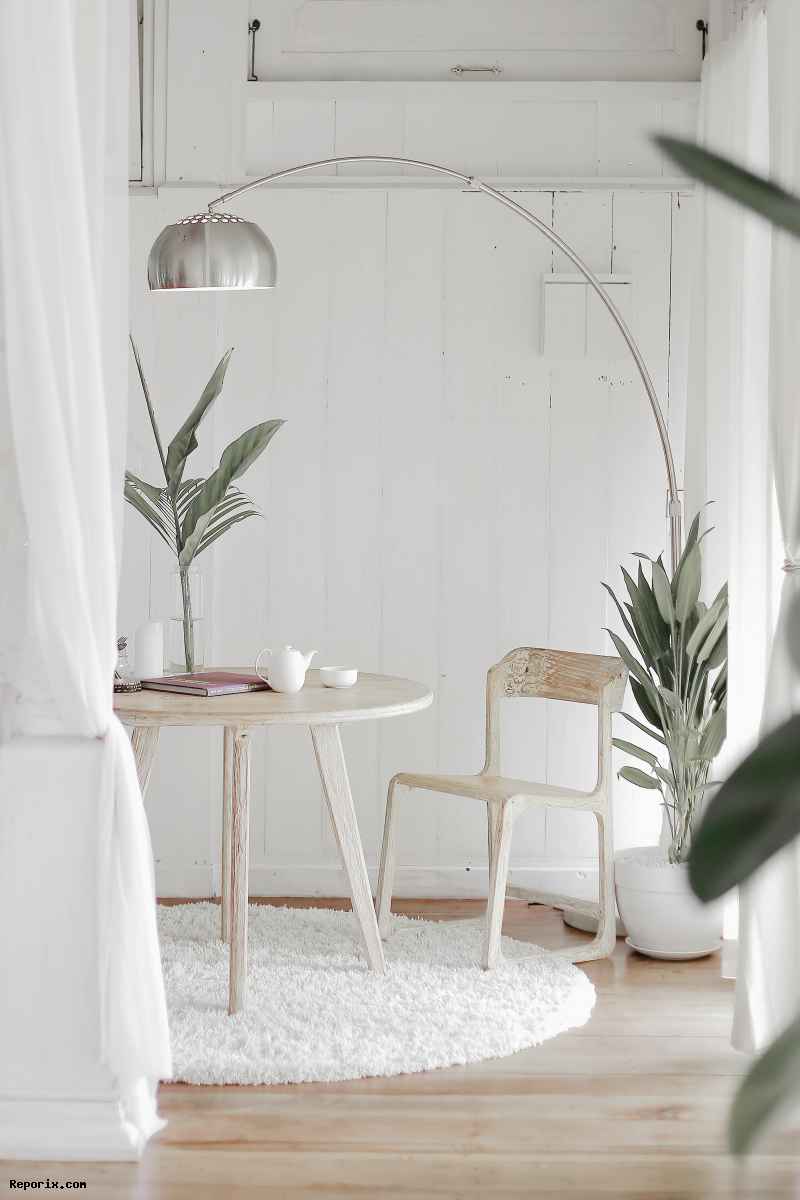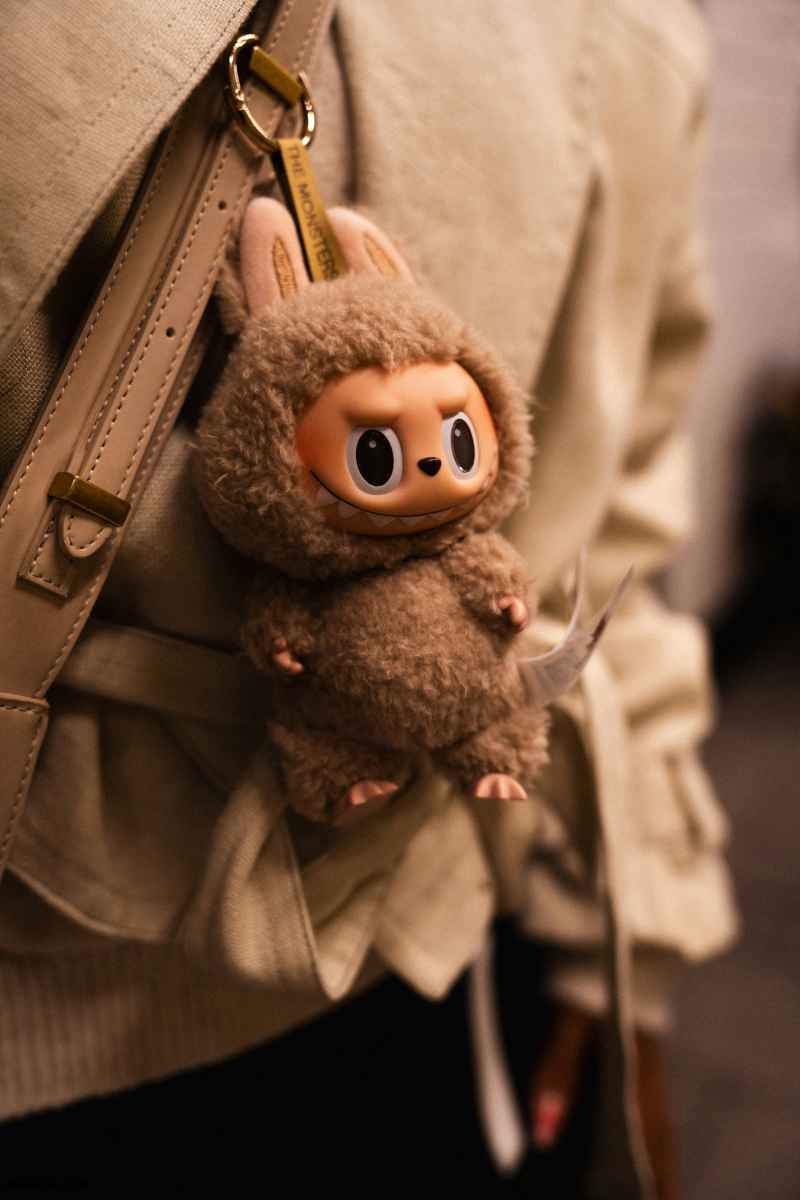Minimalism is more than just a home decor trend. It’s a mindful lifestyle that encourages clarity, conscious choices, and inner peace. In a world overflowing with noise, possessions, and endless to-do lists, minimalism offers a path toward simplicity, balance, and genuine fulfillment.
At its heart, minimalism is about focusing on what truly matters and letting go of the rest—whether that’s material belongings, mental clutter, or unnecessary commitments. It’s not about living in an empty white room or giving up everything you love. Instead, it’s about making intentional decisions that add value to your life, rather than filling space.
Living with less can bring many powerful benefits. Fewer belongings mean less to clean, manage, and worry about. Your home becomes lighter, your daily routine more streamlined, and your mind clearer. You may find yourself spending less money, reducing stress, and gaining more time for what actually nourishes you—relationships, rest, creativity, or personal growth.
Starting a minimalist lifestyle doesn’t require drastic change. Many people begin by decluttering their home. A simple method is to ask yourself: “Have I used this item in the past 90 days, and will I use it in the next 90?” If the answer is no, it might be time to let it go. Some also follow the “one-in, one-out” principle: for every new item that enters the house, another must leave. This keeps consumption in check and creates a healthier relationship with stuff.
Minimalism also extends to how we consume. Before making a purchase, try adding the item to a 30-day list. If you still want or need it after a month, buy it. Often, the initial impulse fades, and the purchase becomes unnecessary. Instead of collecting things, invest in experiences—travel, workshops, nature, or meaningful time with loved ones. These often bring longer-lasting happiness than any product.
Digital minimalism is another aspect worth exploring. Clearing out unused apps, turning off non-essential notifications, and organizing your email inbox can greatly reduce daily stress. Regular breaks from social media, sometimes called “media fasting,” can help reconnect you with the present moment and sharpen focus.
Minimalism is often misunderstood. It doesn’t mean getting rid of everything or avoiding beautiful things. In fact, minimalism welcomes beauty—when it has true meaning or function. Nor is it a lifestyle only for the wealthy. On the contrary, minimalism often leads to more financial freedom and is accessible to anyone seeking simplicity.
Ideas like the capsule wardrobe—a small collection of versatile, well-loved clothing pieces—or using multifunctional furniture are practical ways to integrate minimalism into everyday life. Reducing clutter, both physical and digital, makes room for more creativity, calm, and connection. If you’re interested in diving deeper, books like “The Life-Changing Magic of Tidying Up” by Marie Kondo or the documentary “The Minimalists: Less Is Now” on Netflix are excellent starting points.
Ultimately, minimalism isn’t about having less just for the sake of it. It’s about living more intentionally—with space to breathe, think, and enjoy. It’s about making room for what really matters. Maybe it starts with clearing just one drawer today. You might be surprised how freeing less can truly feel.




